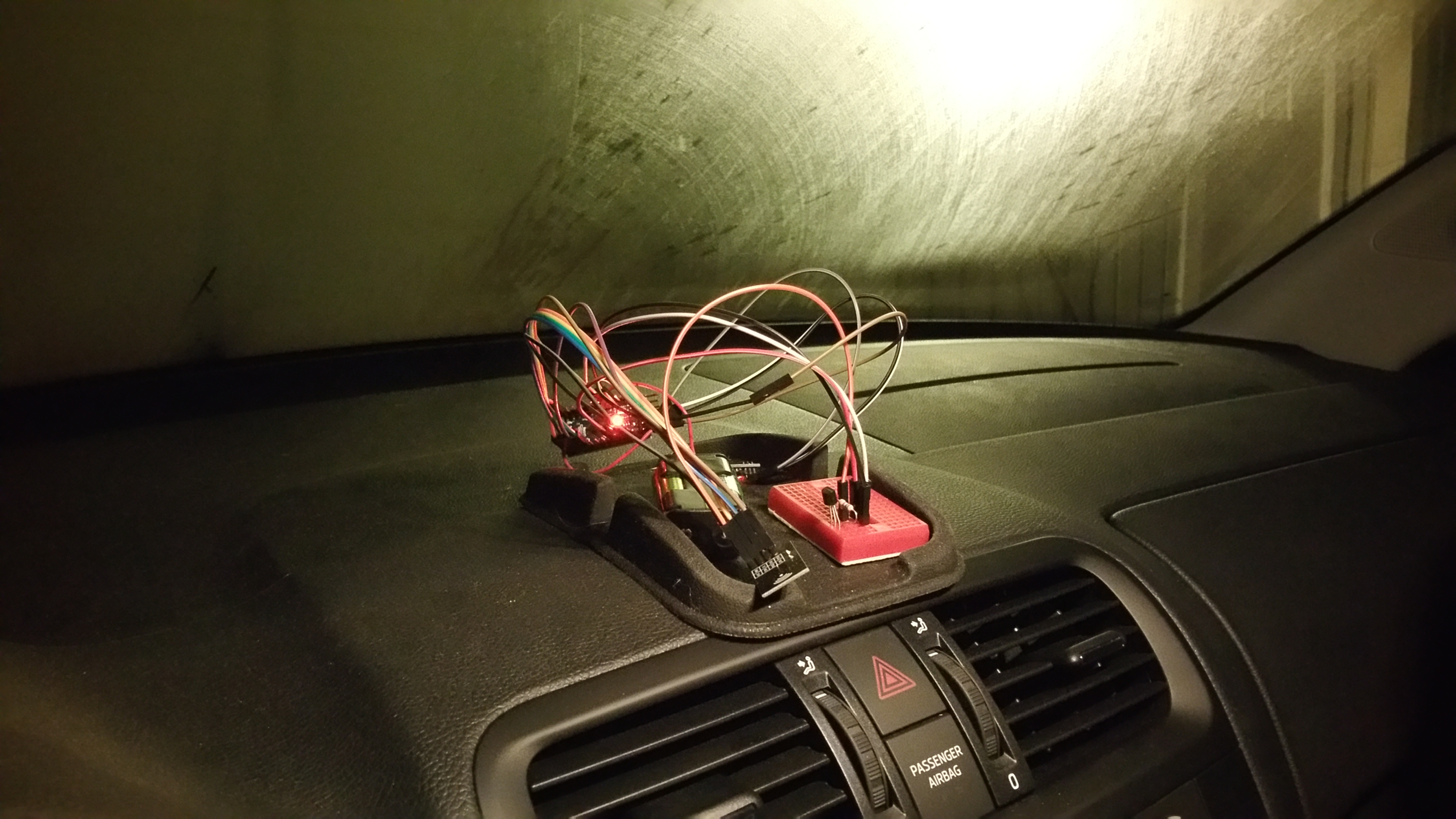MySensors battey board revision 1.0
-
Interesting analysis.
We get into a mindset that solar + battery implies recharging the battery from solar. That is, we think of the solar as the power and the battery as a buffer for dark periods.
You are using the solar as a battery extender for a primary battery. It can run for very long periods in total darkness (much less cloudy days), but when it does get solar you can go longer between battery changes.
And your point is that the rechargeable batteries need to be changed every year or two anyway, so if you can get that long with a primary cell (cheaper and bridges longer gaps without solar), why bother?
Sounds good to me - I await practical experience. Do you yet have one or more test units accumulating data and testing the approach? On cool things about JeeLabs is that with each new design he puts up some long term test units, wirelessly logging the results. Over time he gets years worth of practical results to report and analyze.
@Zeph thanks for the feedback
I'm wondering on triple power sources - main is solar, buffer is super capacitor and none rechargeable as back-up
super-capacitor is a best choice for night time run while charging at daylight time
super capacitors are not cheap, but while we will have a production experience I think we will manage its price downsure it will be good to track performance. May be Henrik can think of adding some statistics logging to MyCloud service and this can be seed from the whole community in the future
-
the logic is that none rechargeable battery can lasts for 1-2 years
rechargeable battery can lasts for 1-2 years tooAfter the 1-2 years the none rechargeable battery is empty and should be brought to the recycling point but my own experience is that rechargeable batteries are not gone in two years.
See Nickel–metal hydride battery#Telecommunications, it looks to me NiMH batteries can be designed for 10 year operation. Also normal available batteries claim they retain 65-70% capacity after five years in storage and like written earlier, I think we can do with 10% of the original capacity.
No problem for me if this has to wait, I can always add something myself, and yes, let logging prove what's right. Only thing I find a pity is that it will take two but probably much more year to prove things ;-)
-
the logic is that none rechargeable battery can lasts for 1-2 years
rechargeable battery can lasts for 1-2 years tooAfter the 1-2 years the none rechargeable battery is empty and should be brought to the recycling point but my own experience is that rechargeable batteries are not gone in two years.
See Nickel–metal hydride battery#Telecommunications, it looks to me NiMH batteries can be designed for 10 year operation. Also normal available batteries claim they retain 65-70% capacity after five years in storage and like written earlier, I think we can do with 10% of the original capacity.
No problem for me if this has to wait, I can always add something myself, and yes, let logging prove what's right. Only thing I find a pity is that it will take two but probably much more year to prove things ;-)
@daulagari said:
After the 1-2 years the none rechargeable battery is empty and should be brought to the recycling point but my own experience is that rechargeable batteries are not gone in two years.
I've read that NiCD can sometimes do better for solar landscape lights than NiMH, because the type of cycle favors it, but often they say to plan to replace the batteries every couple of years anyway - between the charge cycling and the outdoor temperature cycling (cold and hot).
Perhaps this is different, being very shallow discharge compared to lighting. Really only testing will let us know for sure, and I'd be glad to see the results of that.
And yes, it's hard to wait a year or two for results. (It's hard to get most homebrewers to let their products age, too). But the time to start the test is now, and results will start trickling in. It used to be kind of fun when JeeLabs would post something like "Well, unit #1 is at 420 days and unit #2 is at 287 days, and here are the results so far". Sort of like slow gardening.
-
Interesting!
I believe your choices are great between size and functionality for a non specific use case. -
Also interested.
-
Can't give any ETA yet. We'll start with production of 500 pcs of the step-up module (to test production site). Vacations has delayed things a bit.
@hek Hi there . I am still interested . Can i pre book some pieces?
I think the 500 lot will vanish :-)
Consider approx 10 boards per interested person... -
any news

